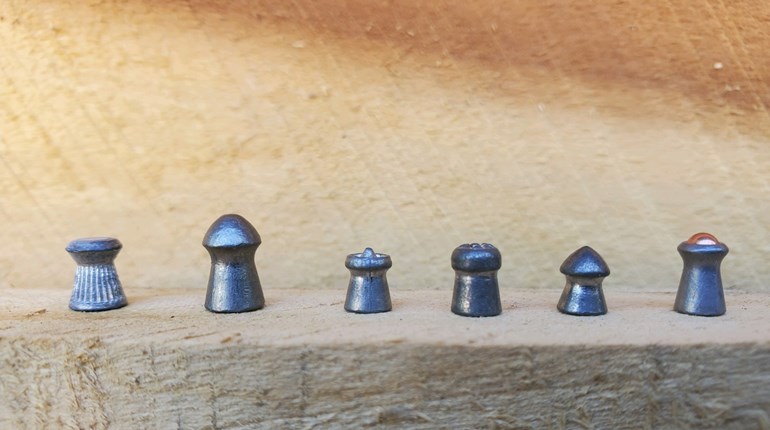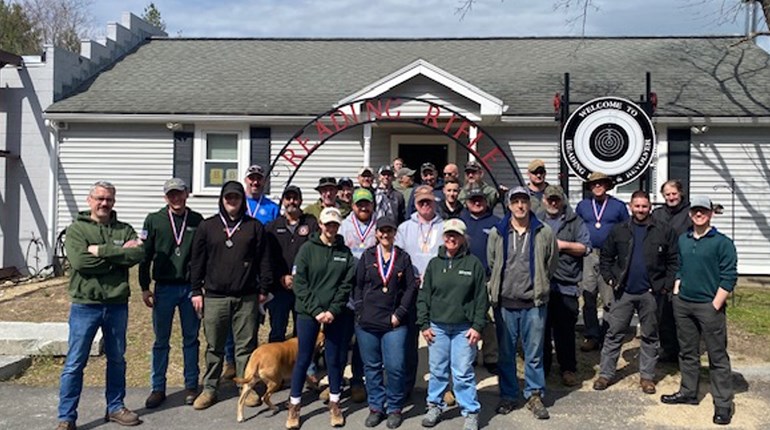
Thunderous gobbles roll through the open woods, elevating your hopes ... but an hour later, the gobbler has not budged. What do you do now?
The quick answer is to "play hard-to-get"! That may sound simple, and it can be, but the dance is intricate and takes some planning and focus to pull off. The result will be a punched tag, a beautiful photo of a nice gobbler, several mouthwatering, free-range meals and, of course, a great story to go with it all.
Hung up on love
If you turkey hunt long enough, you will encounter a stubborn or hung-up gobbler. Gobblers that do not come in to a hunter’s call may behave in this manner for several reasons.
First, if there is a large obstruction of some sort between the hunter and gobbler such as a swamp, lake, river or deep-flowing stream, gobblers may be hesitant to fly across. Sometimes fences will keep a gobbler from coming over. I have watched Toms pace back and forth along a fence as if they cannot get through them. Bird brain! Yes, sometimes they seem really dumb. However, if they really want to come to the hen (you), then they will figure a way across. Rest assured, any gobbler that can fly and hop limb to limb into a big tree can certainly jump over a fence or fly across a lake or swamp. The trick is to entice them mightily.
Second, if the gobbler has plenty of hens that may be promising to him right where he is, he may have a tough time leaving such a temptation. Again, hunters have to make it so tempting that the gobbler forsakes what he has right there for what he could have in short order ... if he would just respond and come in.
Last, a gobbler may be a bit shy of coming in if he thinks the hen has a dominant gobbler with her already. No male wants to get his butt kicked by a bully, so he may not respond or if he does, he may not come in your direction. My experience has shown that this is not often the case but at times it can be a consideration. The good news is that there is a solution to all three of these scenarios.
Playing hard-to-get
Playing hard-to-get is not a straightforward play by play plan that can be repeated the exact same way each time you encounter a hung-up gobbler. Playing hard to get requires a custom approach to the gobbler being called each time.
If a gobbler appears to be hung up due to an obstruction, making some fairly aggressive hen clucks and purrs on several different calls all in random succession will sometimes give the appearance of a harem of hens that have no suitor. I use a friction call that has four different material surfaces on it and each surface has a different pitch and sound. Plus, I have a pair of box calls that sound very different from each other. Sometimes I have all three calls plus a diaphragm mouth call within easy reach.
It sounds like a lot, but the friction call with the four different surfaces helps keep it simple. Generally, the mouth call is used for locating birds or close in work when I don’t want to move my hands, but in a hung-up bird situation I will sometimes toss in those notes to the mix to make it sound like a flock of ladies hanging out. It does not work every time, but I have called birds from across swamps or opposite hills and had them light down 50 yards from me and strut their way in lookin' for love.
Another tactic to employ with this scenario is to make these calls and either make the next series of calls softer by pressing lighter on the calls, or turning your back on the bird and doing the same. In some cases, I have slipped away from the gobbler’s position and made my second or third series of calls from positions further and further away. This gives the impression the flock of hens is moving away and leaving him.
If you are hunting with a buddy and the gobbler will come your way but not all the way within range, you can draw straws to see who can retreat and call while the other one stays hidden for the ambush shot as the gobbler approaches.
In the second and third scenarios I use the same tactic as I do in the first scenario, but with a twist. I add in a jake’s gobble to the mix, and I make sure it sounds like a jake. A mature gobbler does not want to see any younger competition taking any hens if he can help it. I start with just one or two jake calls mixed with the hen clucks and purrs, but sometimes if the gobbler sounds like he is coming but stops again, I add in multiple jake calls to make it sound like the jake is taking command of the hens, the territory and breeding rights--directly challenging the boss gobbler.
If I suspect that the gobbler may be coming but is being extra cautious, and if I have time, I will sneak out and put a jake decoy with his obviously shorter fan facing the direction the gobbler is coming from. Gobblers get really upset by a jake giving them their rear end and taking hens. I have heard of and seen jake decoys get pummeled by gobblers ... it can be quite entertaining.
Keep in mind that sometimes there are gobblers that are not the dominant birds, but they will sometimes come in silently to try to steal the hen. So, stay alert!
One note of caution should be considered. If you are hunting public land or on land where you have trespassing issues, be careful making any gobbler or jake calls. There are those out there that are not real hunters, but poachers, whose judgement is suspect. No one wants a load of turkey shot heading their way.
One last tip regarding hunting high pressured or hung-up gobblers would be to try to hunt them later in the day. Sometimes gobblers that are surrounded by plenty of choices find that the ladies and their attention wanes as the morning warms toward lunch. Sometimes they just go to feed, sometimes to nest, and sometimes they just get bored. The older gobblers will be looking for love in new places if they are not getting responses where they are at the beginning of the day. Mid-morning to lunch has been a productive time for me, particularly later in the season. Get up early, try those fly-down birds ... if you have no luck, go get breakfast and come back later to try to close the deal!
The bottom line is that by playing hard-to-get and using the tactics described above, hunters can often tempt a Tom into range and fill a tag that might otherwise have gone unfilled. Good hunting!






































